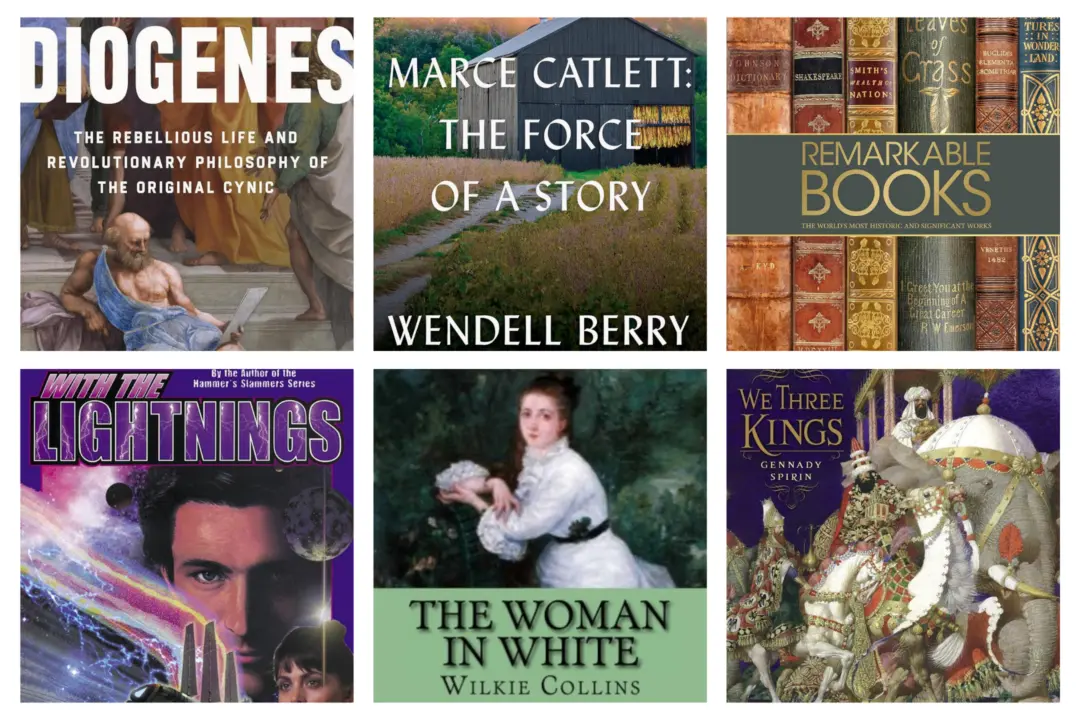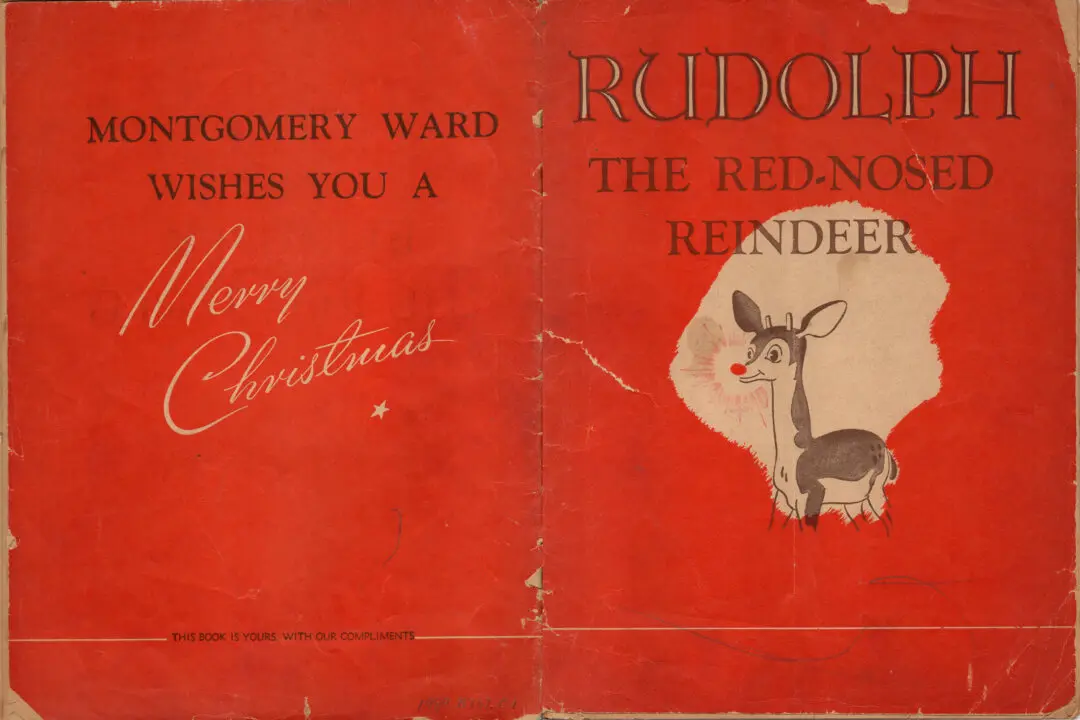Look back to the 19th century and we find a good number of men and women whose impact on our country remains vibrant and alive even today. Many consider Abraham Lincoln the greatest of our presidents, and others, in their patriotism and leadership—senators like Henry Clay, Daniel Webster, and John C. Calhoun—stand head and shoulders above many Capitol Hill politicians. Harriet Beecher Stowe’s “Uncle Tom’s Cabin” helped change the course of American history, and many critics regard Mark Twain as the best of all our novelists, with Walt Whitman and Emily Dickinson holding that same place of esteem among our poets. Other gifted writers of that time like Herman Melville, Nathaniel Hawthorne, and James Fenimore Cooper remain lodestars in our understanding of American culture and history.
That same century saw a terrible civil war, the emancipation of slaves, and a westward movement of trailblazers, pioneers, and homesteaders that eventually created a nation from sea to shining sea. Many of the cities prominent today were then either expanding their populations or undergoing their birth pangs, portents of a future when far more Americans would live in townhouses and tenements than on farms. It was a century of miners, cowboys, and sailors, of industrialists, salesmen, and inventors, an era of rambunctious elections, restless migrations, and the birth of thousands of small towns.






